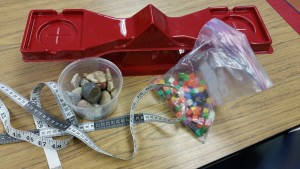Here is a list of a bunch of live cams!
http://explore.org/live-cams/player/decorah-eagles-north-nest
Specific areas in science.
Here is a list of a bunch of live cams!
http://explore.org/live-cams/player/decorah-eagles-north-nest
Here is a live camera feed for a nesting pair of eagles. Here is the link to the website, where there is a live chat, more live cams, history and more information.
Students were learning the Engineering and Design Process (or part of it) through building Straw Structures?
Build the tallest free-standing structure possible that will hold a golf ball at the top, using the giving materials.
For a virtual microscope, go here.
There are few views in Saturnian orbit that are more satisfying than seeing two or more moons in the same frame — particularly when they align.
This week I did similar lessons with K-3rd, but adapted for the grade level. It was very interesting to watch the difference between the different grade levels and I think was valuable to all. Waves and energy are currently a 3rd grade science standard, but will soon be moving to first grade, so this is why I decided to use this activity with all K-3rd students.
What is a wave? We see waves in the ocean, but is that really the only type of wave?
Here are some items that students experimented with to make “waves”.
Here is also a video of Lego people forming a wave.
So what is the pattern we see?
Student drew a before diagram and after diagram of the pattern.
 In the science lab, we have many tools that we use, and here are some of the tools that students will be practicing with:
In the science lab, we have many tools that we use, and here are some of the tools that students will be practicing with:
Students need to practice these skills:
Here are a couple interactive websites or online games:
Videos:
National Geographic Plate Tectonics
Questions:
Bill Nye Video: Earth’s Crust
Interactive Websites:
More Videos
You must be logged in to post a comment.